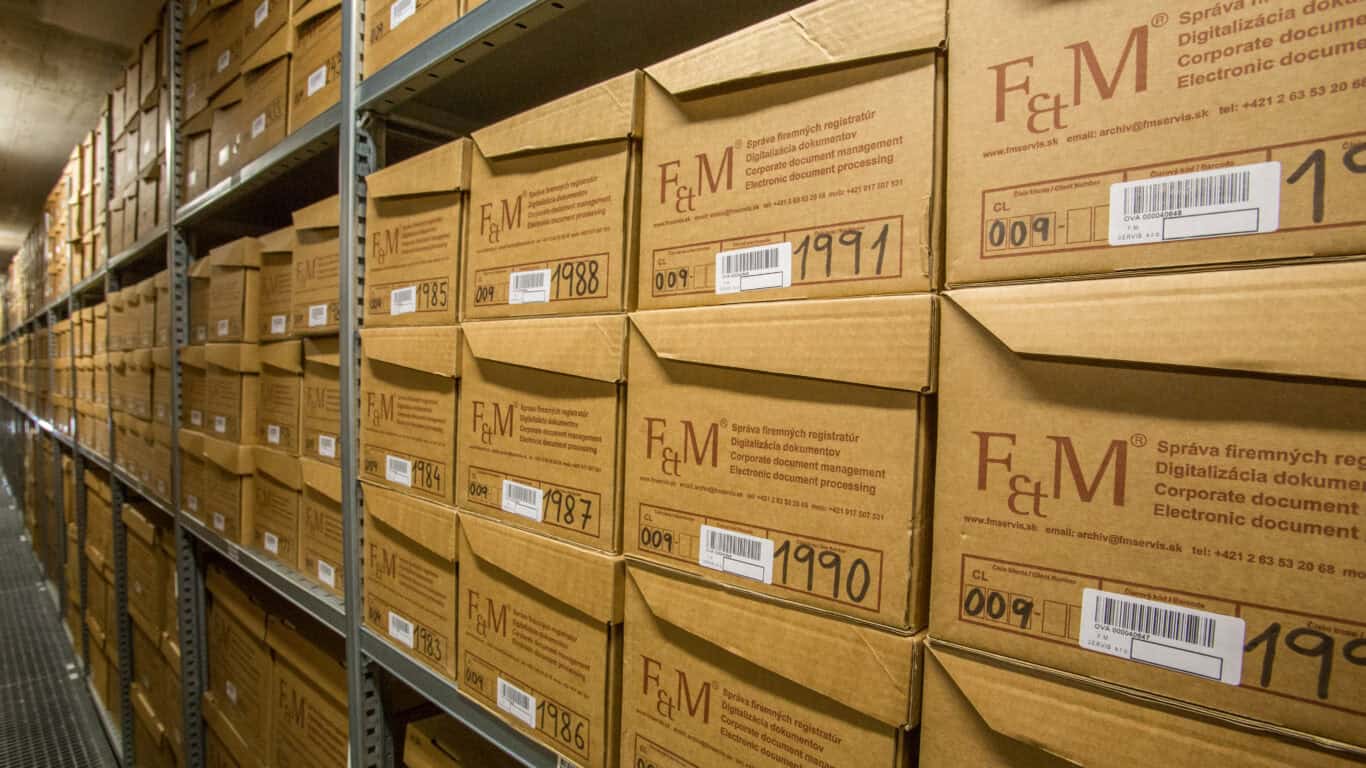A filing system, often referred to as a records management directive, is a basic and comprehensive document that creates a solid framework for the management of all records and documents in an organization. In addition to the basic rules for the receipt, retention and disposal of documents, it also specifies the specific responsibilities of staff and ensures that the organisation complies with legal requirements for the protection of information.
Key components of the registry rules
- The Rules of Procedure consist of several key sections dealing with different aspects of document management:
- Receiving and filing rules – Determines how each document is received, filed, marked and sorted according to the categories in the filing plan.
- Document storage and protection – Defines how documents are stored securely, whether physically or electronically, and how they are protected from unauthorised access.
- Discarding and Archiving – Describes procedures for shredding documents after the retention period has expired and rules for transferring records of historical value to the archives.
- Staff Responsibilities – Identifies who is responsible for individual tasks within the records management function, ensuring clear and efficient document management within the organisation.
You might be interested in: Registry plan – what does it contain and who must have it?
Obligations of organisations by category of originator
- The obligation to draw up registry regulations applies in particular to organisations classified in category 1, such as:
- government institutions and public bodies (e.g. ministries, offices, government agencies, schools and health facilities)
- other organisations making a significant contribution to the state and society
In addition to the fact that the Registry Regulations guarantee compliance with legislative requirements, these organisations must obtain the approval of the Ministry of the Interior of the Slovak Republic, which assesses through the State Archives whether documents have permanent documentary value, before shredding them.
Benefits of a properly set up filing system
The Registry Regulations provide companies and organisations with a clear framework that ensures:
- Consistency in document handling – Every document is processed according to the same rules, simplifying records management and reducing the risk of errors.
- Legal protection and compliance – Helps ensure that the organisation complies with all the requirements of the Archives and Records Act.
- Better overview and control – With regularly updated procedures, the filing system makes it easier to find, control and record documents throughout the organisation.
- Efficiency in time and process management – Automation and standardization of processes in registry management reduces the time needed to work with documents and facilitates decision-making on their processing, archiving or shredding.
The filing system ensures that the organisation handles documents efficiently and securely.
With our services at F.M. Servis, we can help you develop a filing system that complies with legal standards and best practices for effective records management.




